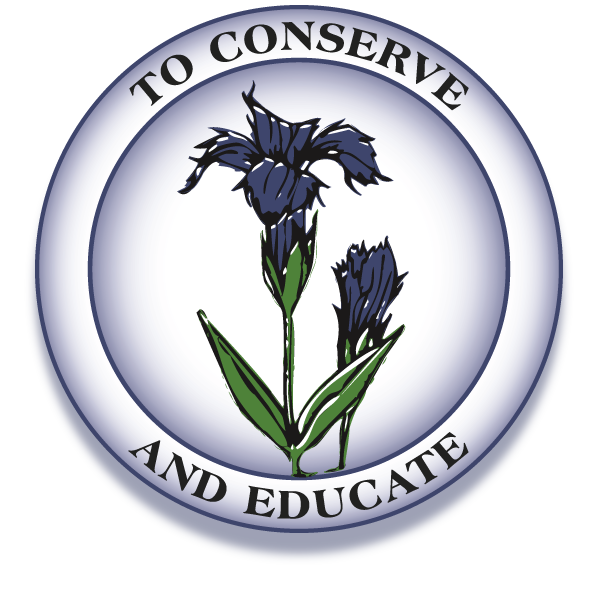
Field Notes

Native Plant Society of Northeastern Ohio
Wetlands Walk at Punderson State Park
8 August 2018
narrative by Judy Bradt-Barnhart
After a break in the recent high humidity, twenty-five people gathered around a picnic table on a beautiful evening overlooking Punderson Lake, where Judy Barnhart shared a glacial geology map explaining the glacial origins of Punderson Lake and the surrounding kame and kettle area. As the glaciers were retreating, two lobes of the glaciers, one in the Grand River lowlands to the east and the other in the Cuyahoga River lowlands to the west, began melting. Isolated blockes of ice were buried by sand and gravel deposits in the Geauga and Portage County areas. Today, the isolated blocks of ice remain as glacial lakes or kettles with Punderson being the largest.
The glacial lakes are slowly filling in with wetland vegetation, native and invasive. Punderson State Park's new board walk constructed beginning in 2016 follows along the edge of the south shore of the lake. Due to recent maintenance on the stairs down by the lodge, the group headed to the cabin area to take the accessible ramp to the board walk.
Native Plant Society of Northeastern Ohio, Wetlands Walk at Punderson State Park created 1.ix.2018
narrative: Judy Barnhart; layout & photographs: Lisa K. Schlag





















